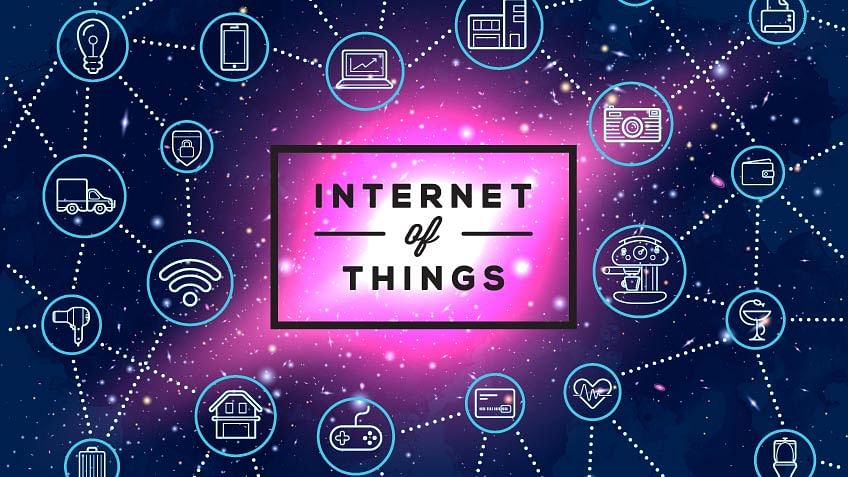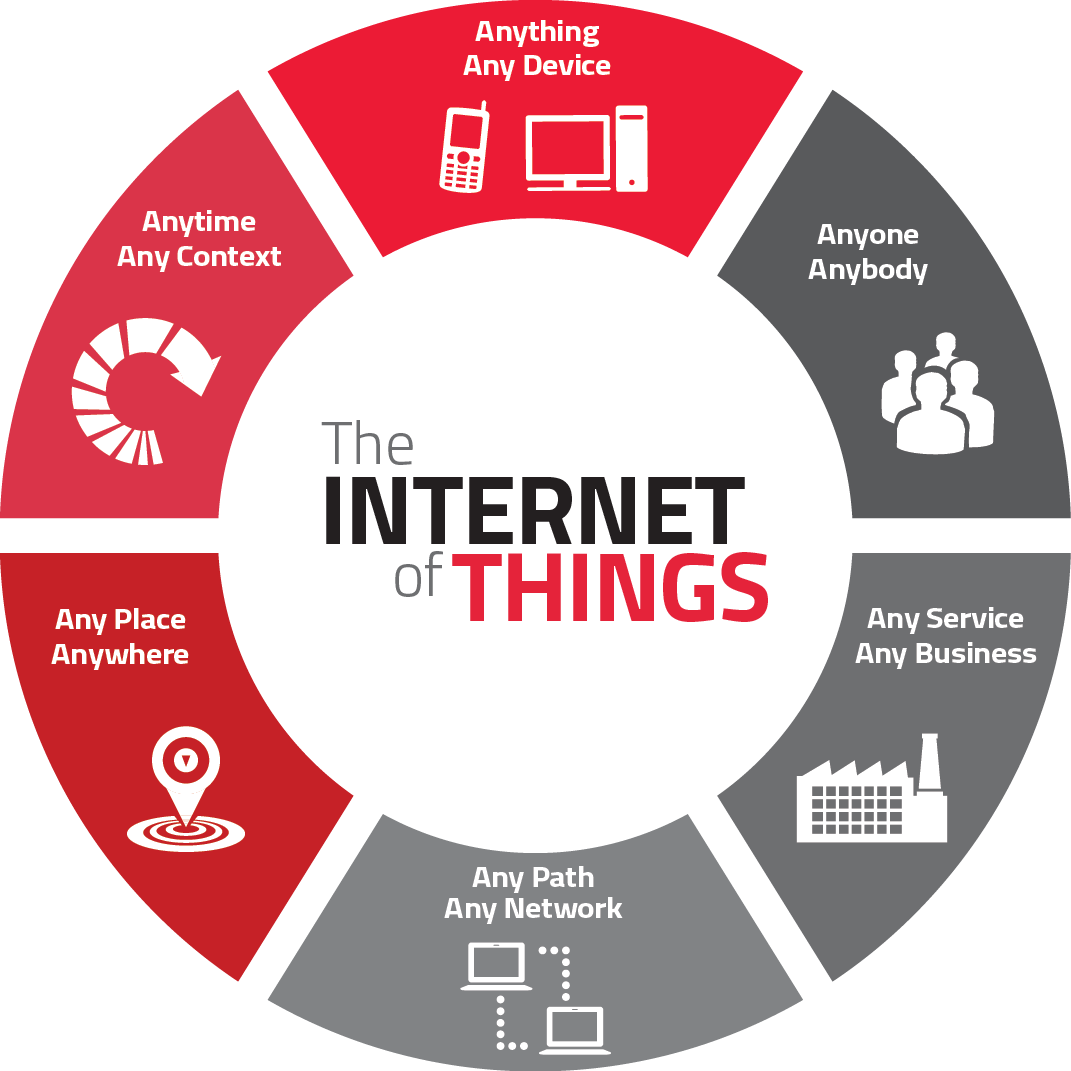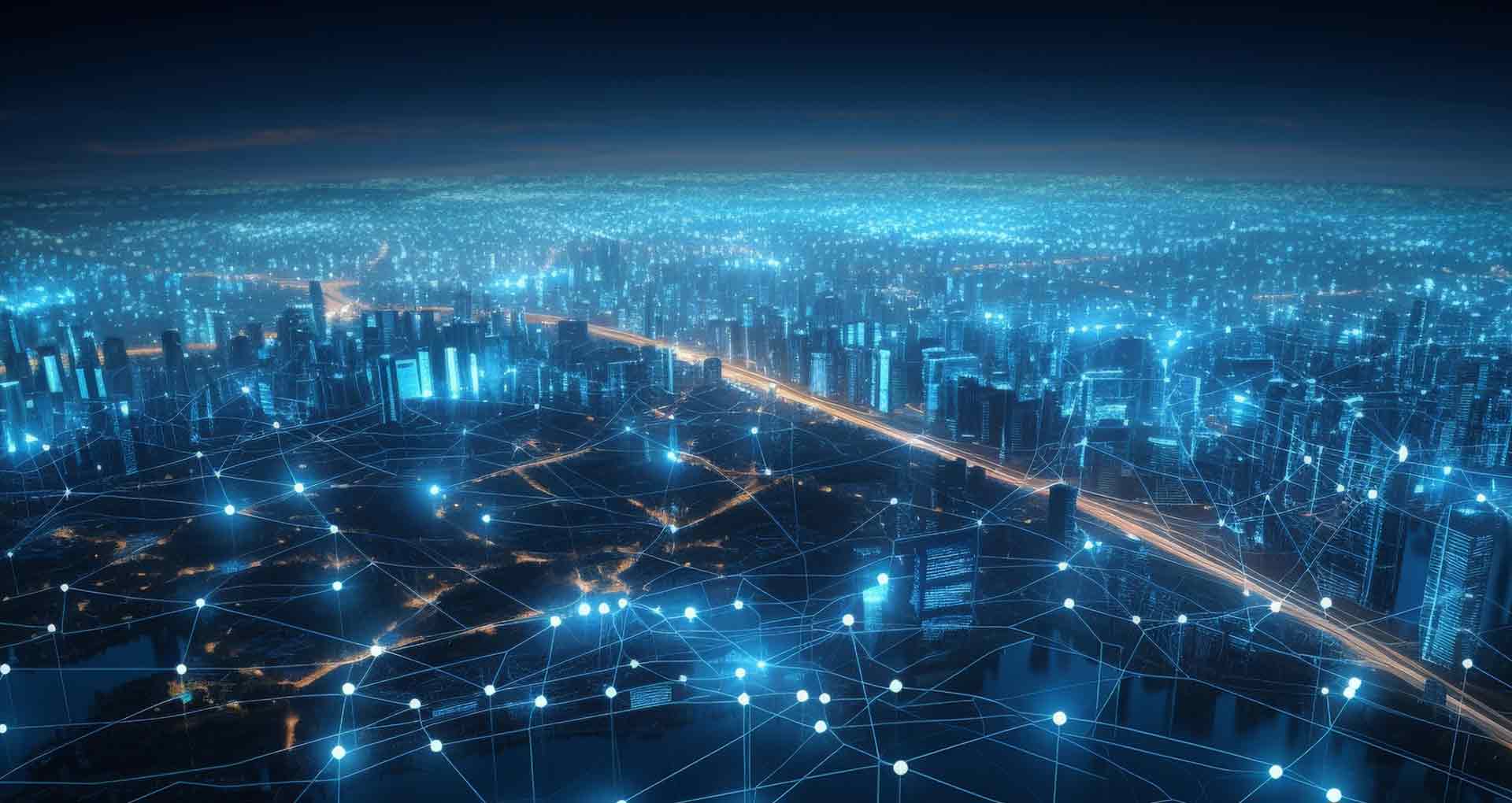Introduction: The Rise of Internet of Things (IoT) and What Lies Ahead
The Internet of Things (IoT) is no longer just a futuristic concept—it’s rapidly becoming an integral part of our daily lives. With billions of devices already connected to the internet, the IoT revolution is fundamentally transforming industries, businesses, and personal lives. But what does the future of Internet of Things (IoT) hold? As we move forward, emerging trends, innovative solutions, and evolving challenges are reshaping how we interact with technology.
The Growth and Expansion of IoT
The Internet of Things (IoT) is expanding at an exponential rate. As more devices—from home appliances to medical equipment—get connected, the sheer volume of data being generated grows, making it both a challenge and an opportunity for businesses. By 2025, it’s estimated that there will be over 41 billion IoT devices in use worldwide. This rapid expansion is largely driven by advancements in technology such as 5G networks, AI, machine learning, and cloud computing.

1. Enhanced Connectivity with 5G Networks
One of the most significant factors that will drive the future of IoT is the global rollout of 5G networks. 5G promises to deliver faster speeds, lower latency, and higher bandwidth than current 4G technology. This will enable IoT devices to communicate with each other in real-time, opening the door to more advanced applications, particularly in sectors like autonomous vehicles, smart cities, and industrial automation.
2. AI and Machine Learning Integration
The future of Internet of Things (IoT) will see deeper integration with artificial intelligence (AI) and machine learning. These technologies will empower IoT devices to make intelligent decisions and automate processes without human intervention. For example, smart homes will not only adjust the temperature based on occupancy but will also learn the habits of their residents to optimize energy usage, further enhancing efficiency and convenience.

3. Edge Computing: Reducing Latency and Bandwidth Demands
Another critical development for the future of IoT is the shift toward edge computing. Instead of sending all data to centralized cloud servers for processing, edge computing allows data to be processed closer to where it’s generated—at the “edge” of the network. This reduces latency, improves response times, and helps alleviate the bandwidth demands on centralized data centers, making it ideal for real-time applications such as remote surgery or autonomous driving.
4. Security and Privacy Challenges
As IoT devices become more pervasive, security and privacy concerns will also escalate. With billions of connected devices, each serving as a potential entry point for cybercriminals, safeguarding IoT networks will be a top priority. Encryption, multi-factor authentication, and blockchain technology are just a few of the measures that will help protect IoT devices from breaches. The future of IoT will likely see more robust security protocols and standards to ensure that both data and user privacy are well-protected.

5. IoT in Healthcare: Revolutionizing Medical Care
The Internet of Things (IoT) is poised to revolutionize the healthcare sector. From wearable devices that monitor heart rate and glucose levels to smart hospital systems that track patient data in real-time, IoT has the potential to enhance the accuracy and efficiency of medical services. In the future, IoT-enabled telemedicine platforms will become more advanced, allowing doctors to diagnose and treat patients remotely, which is especially valuable in rural or underserved areas.
6. Smart Cities and Sustainable Living
The future of IoT also holds promising opportunities in the development of smart cities. IoT devices can optimize urban infrastructure, manage traffic flow, reduce energy consumption, and improve waste management. For instance, sensors can be used to monitor air quality and traffic patterns, helping cities reduce pollution and improve public safety. The goal is to create more sustainable, efficient, and liveable urban environments that benefit everyone.

7. The Role of Data in Shaping IoT Innovation
With the increasing number of connected devices, data will become one of the most valuable assets of the Internet of Things (IoT). The ability to analyze and leverage data will fuel innovations in virtually every sector, from retail and manufacturing to transportation and agriculture. As IoT devices collect vast amounts of data, AI-driven analytics will play a crucial role in deriving actionable insights, ultimately driving business decisions and creating new opportunities.
8. Sustainability and Green IoT Solutions
Sustainability is a key consideration in the future of IoT. As the number of IoT devices grows, so does their environmental footprint. However, IoT can also contribute to sustainability efforts by enabling energy-efficient systems. Smart grids, for example, use IoT devices to monitor and manage energy usage, leading to reduced waste and lower carbon footprints. By leveraging IoT technology, businesses and consumers alike can make more informed decisions to conserve resources and reduce environmental impact.

The Road Ahead: Embracing Innovation and Overcoming Challenges
While the future of Internet of Things (IoT) is filled with promise, it also comes with its set of challenges. Issues like standardization, security, and data privacy will need to be addressed before IoT can achieve its full potential. However, with the rapid pace of innovation, it’s clear that the IoT landscape will continue to evolve, bringing about transformative changes that will impact every aspect of our lives.
Conclusion
In conclusion, the Internet of Things (IoT) is set to play an increasingly important role in our future. From enhanced connectivity with 5G to AI-powered automation and edge computing, the future holds incredible opportunities for businesses, consumers, and governments. As IoT continues to evolve, it will shape the way we interact with the world around us, enabling smarter, more sustainable living.
Embracing the Internet of Things (IoT) will lead to exciting innovations, but it also requires addressing critical issues like security, data privacy, and environmental impact. The next few years will be pivotal in determining how IoT transforms industries and enhances our daily lives. With the right strategies, IoT has the potential to create a future that is more interconnected, efficient, and sustainable than ever before.

For more Information, please visit


